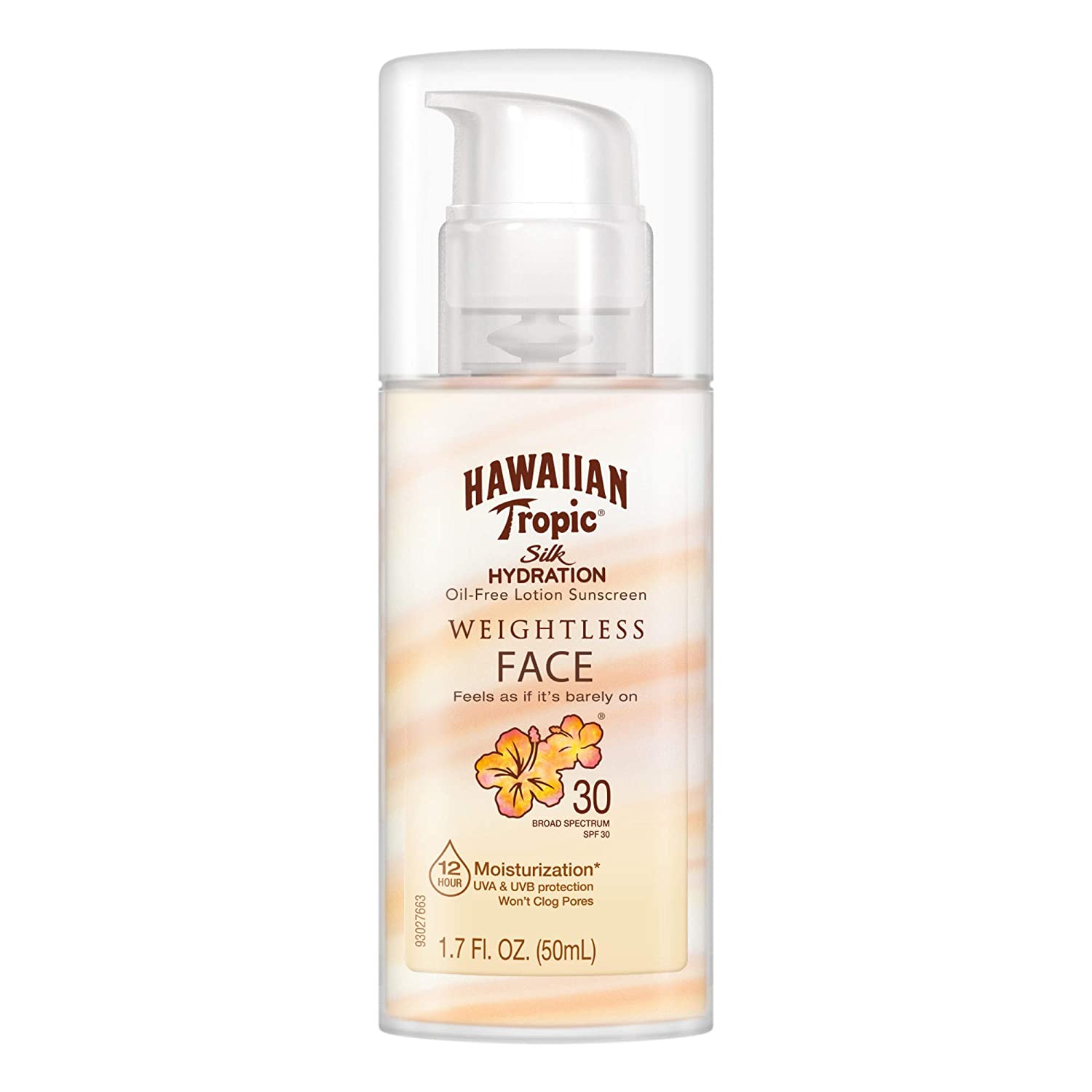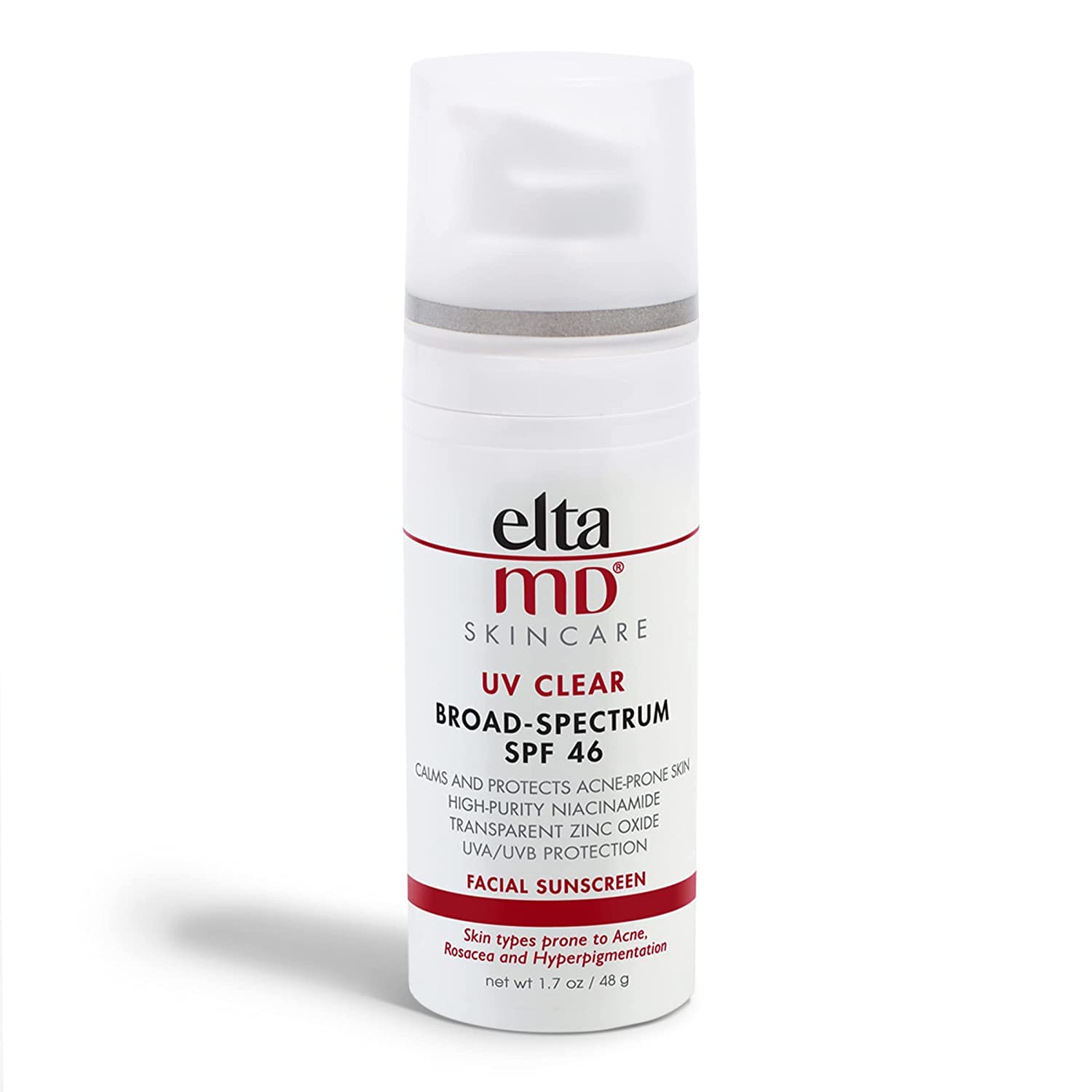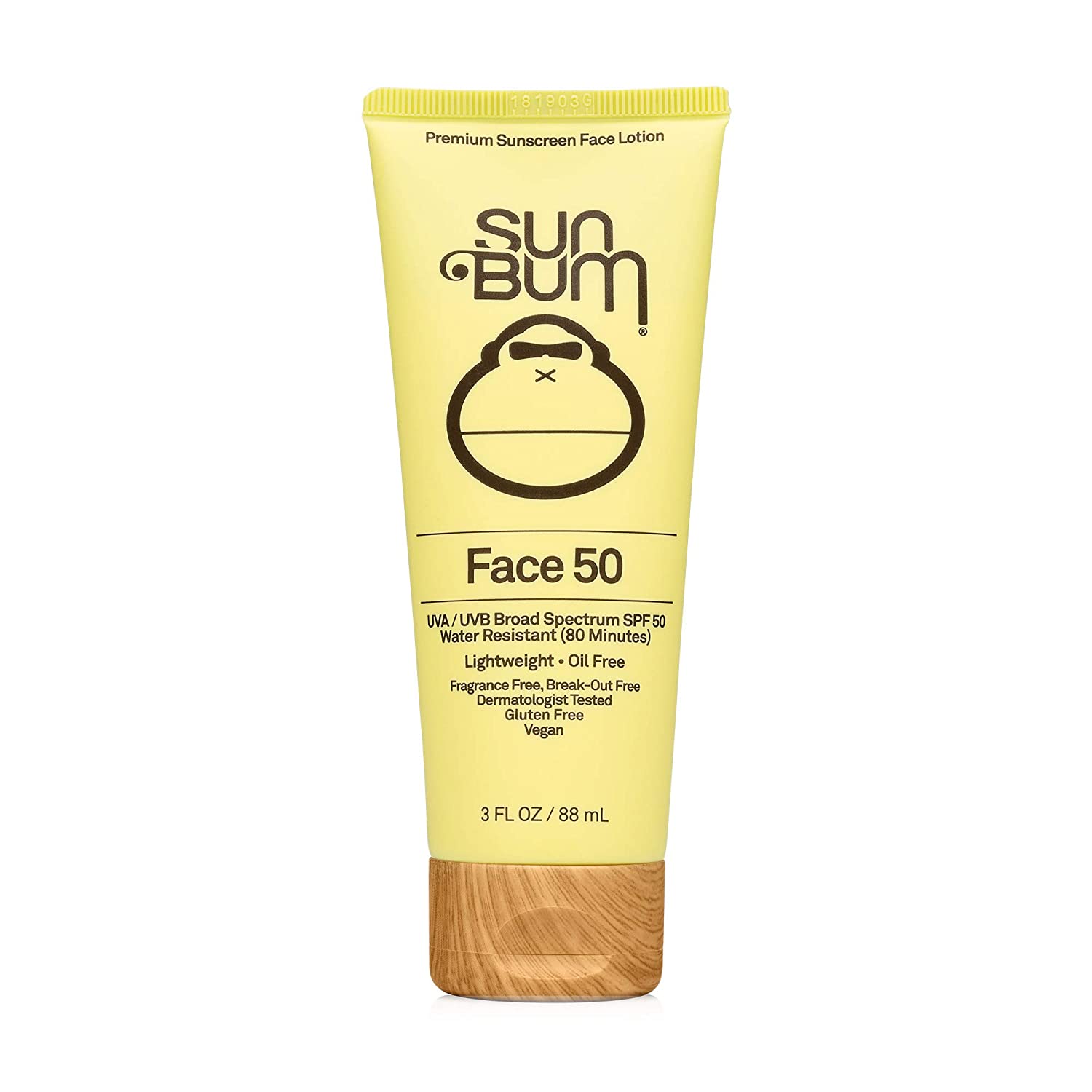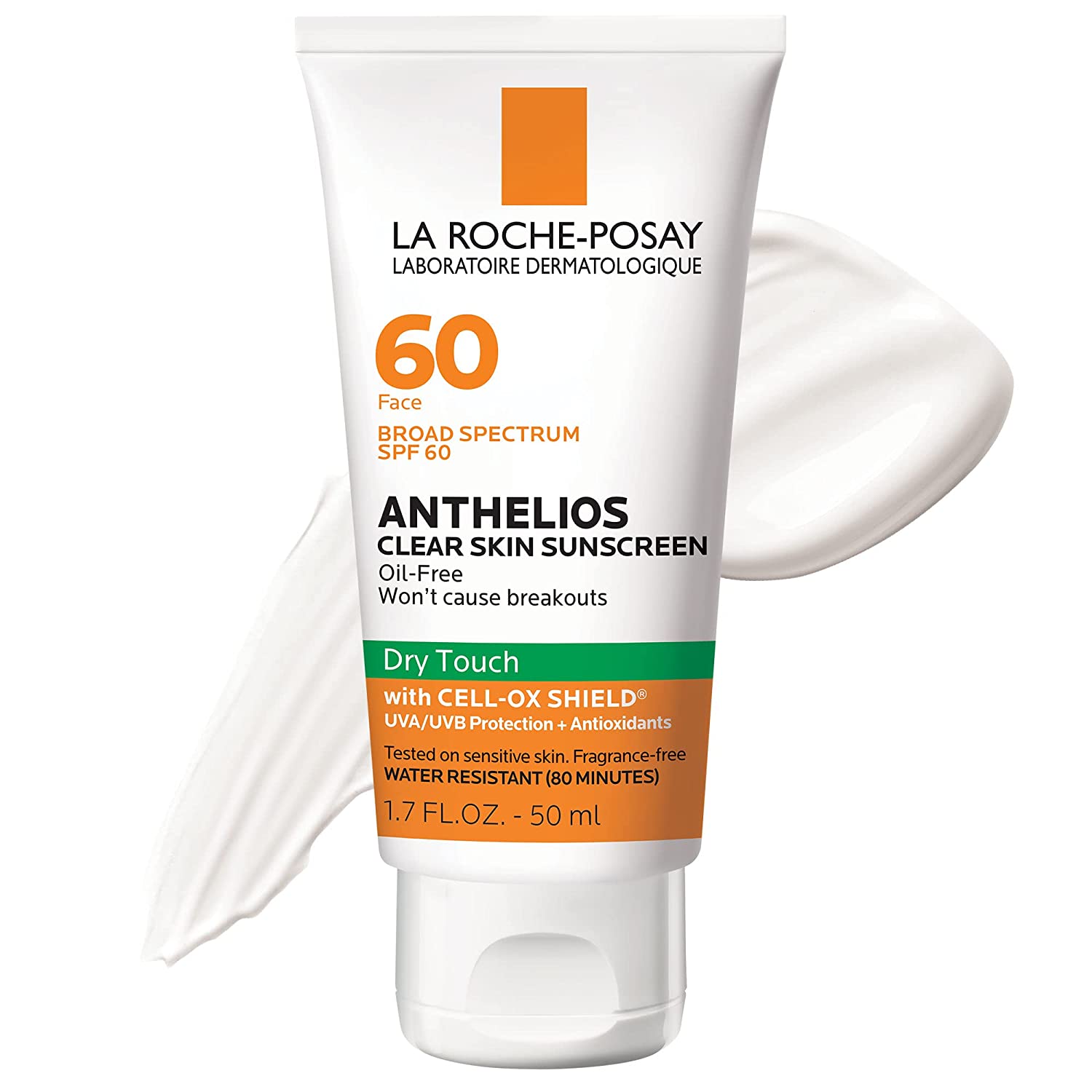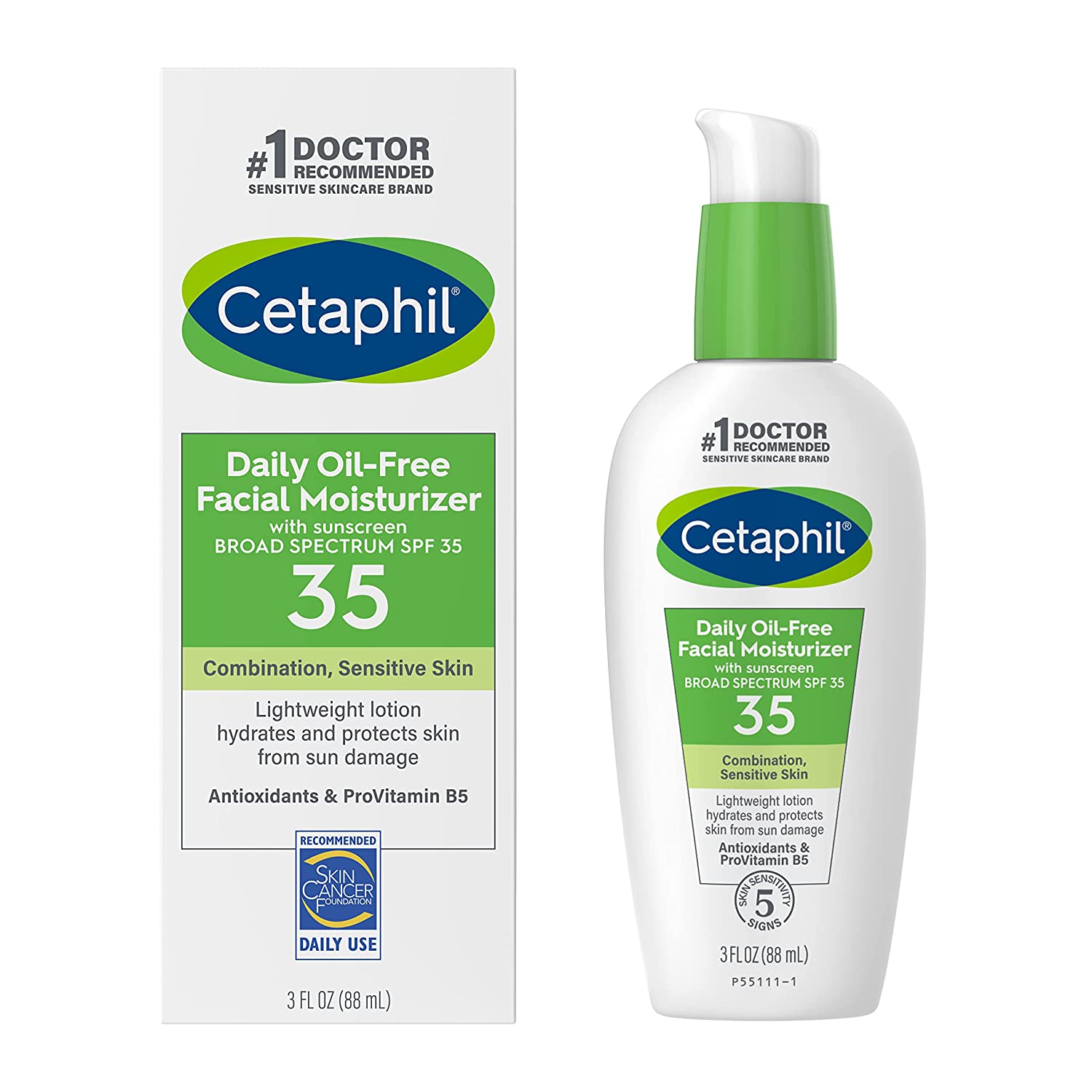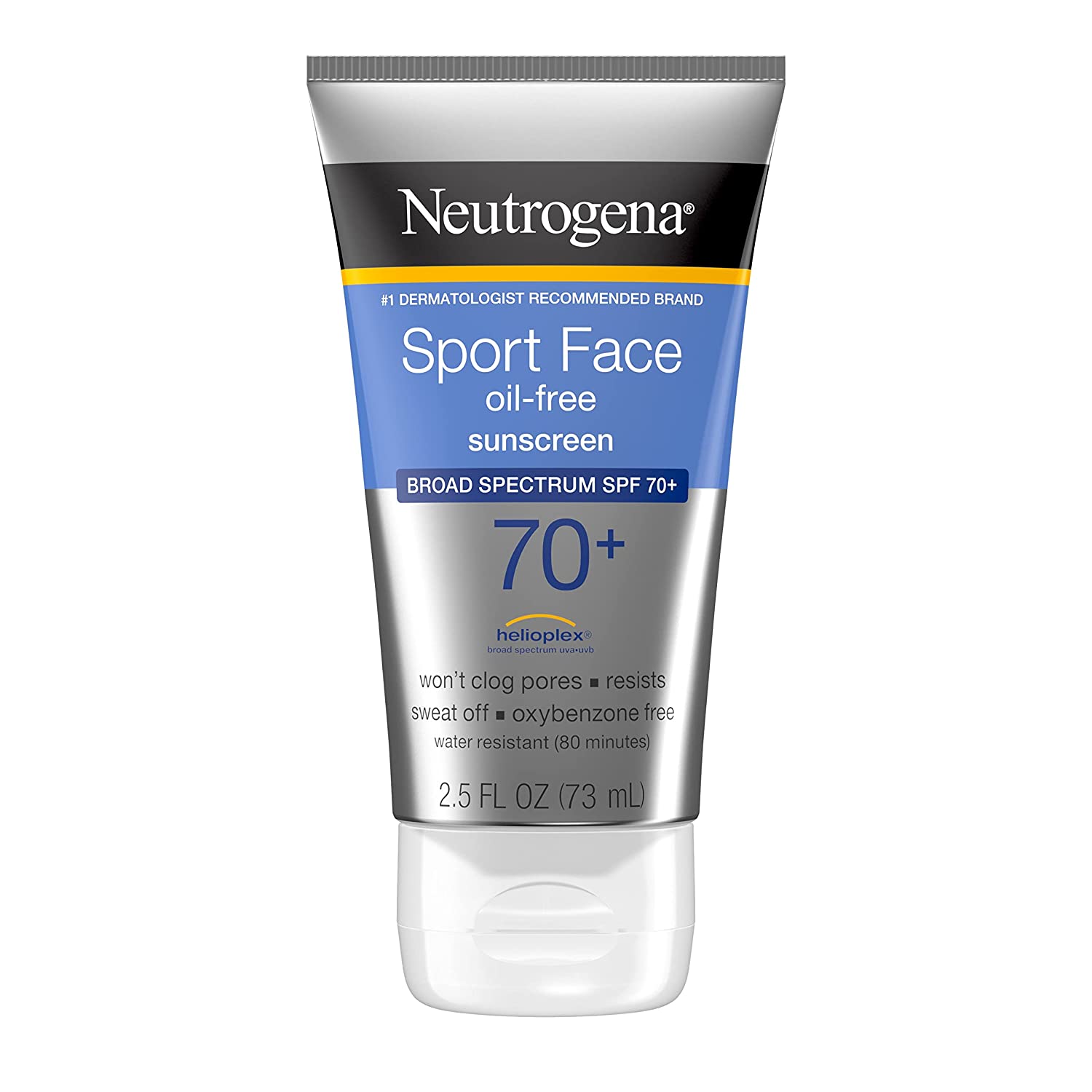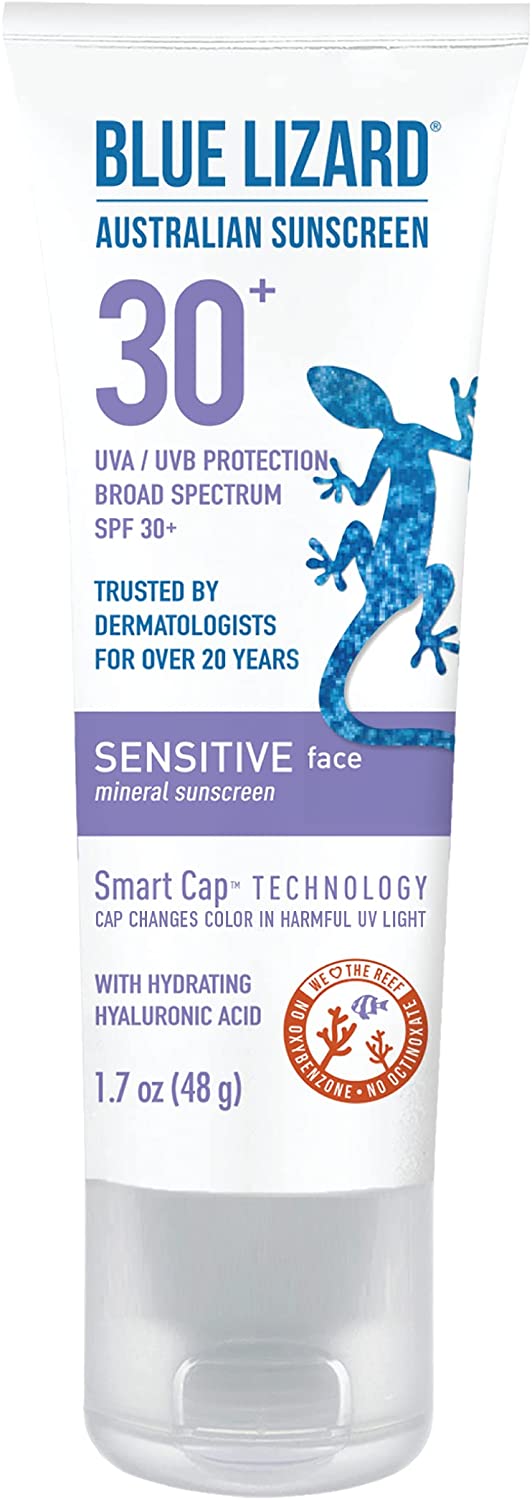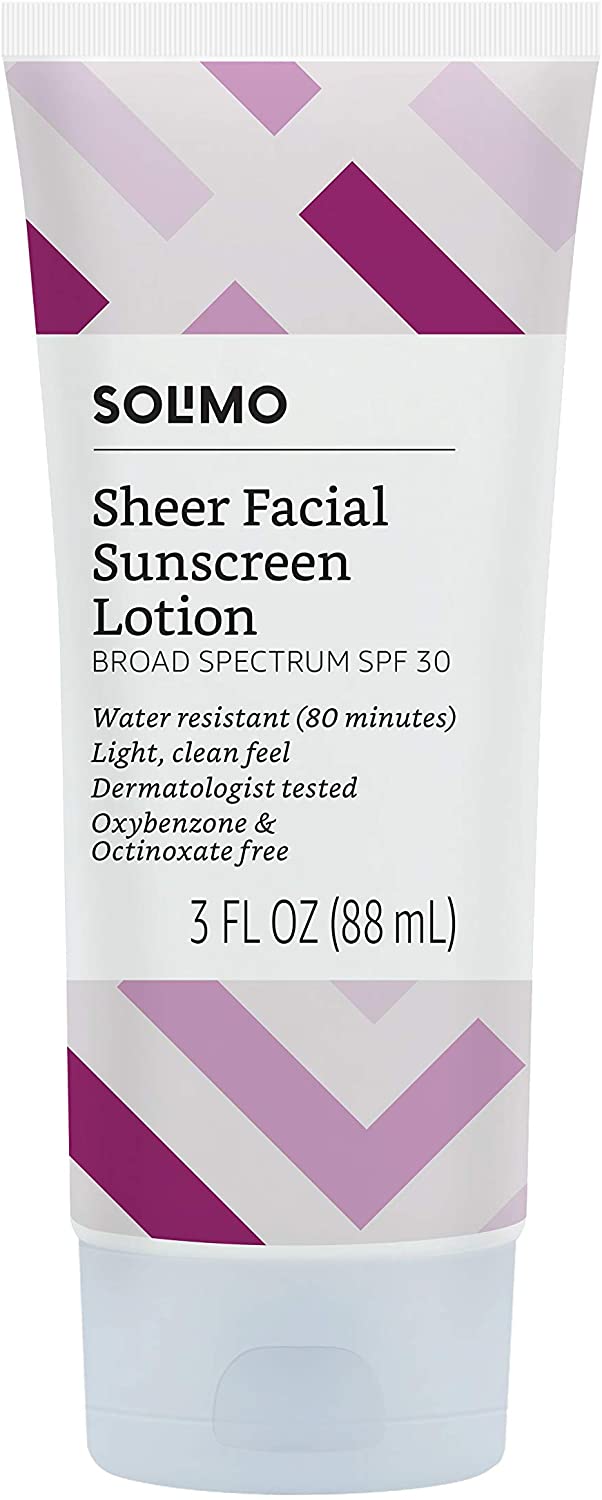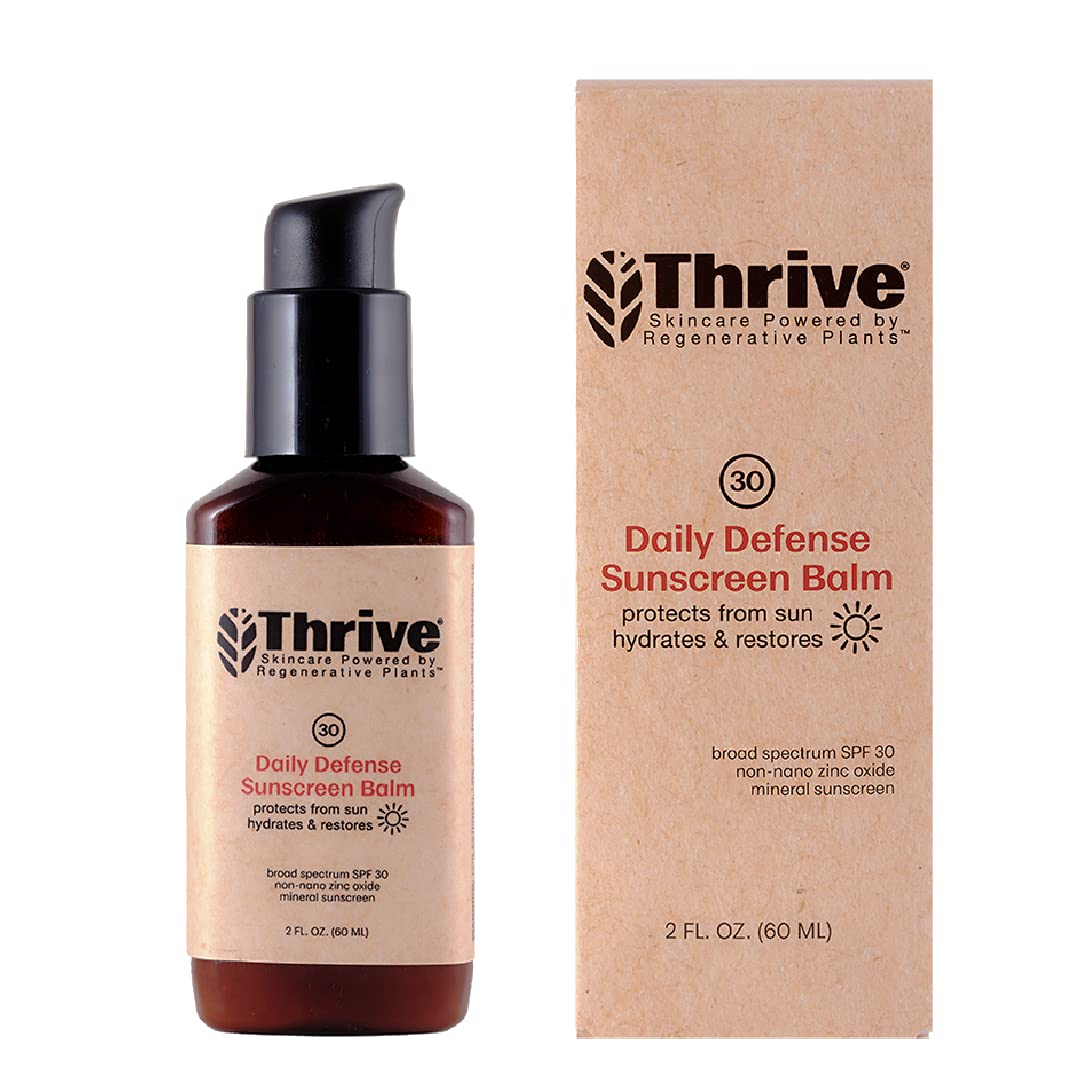Hawaiian Tropic Silk Hydration SPF 30 Facial Sunscreen
Last updated: July 19, 2022
Made not to make your face feel smothered, this sunscreen offers comfort yet still provides strong sun protection. It smells like coconut and features hydrating ingredients.
We looked at the top Facial Sunscreens and dug through the reviews from some of the most popular review sites. Through this analysis, we've determined the best Facial Sunscreen you should buy.
Product Details
Key Takeaway: This broad-spectrum option feels comfortable since it provides moisture and doesn't weigh down your skin.
In our analysis of 17 expert reviews, the Hawaiian Tropic Silk Hydration SPF 30 Facial Sunscreen placed 3rd when we looked at the top 9 products in the category. For the full ranking, see below.From The Manufacturer
UVA UVB Level protection: Broad spectrum UVA and UVB coverage keeps your skin looking its best. Available in SPF 30. Recommended by The Skin Cancer Foundation (Recommended as an effective UV sunscreen, Approval EPC0123 131). Barely there feel: Silk Hydration Weightless Facial Sunscreen provides a unique breathable formula with a light, air soft texture that feels as if its barely on. Nourish and protect: Convenient, easy-to-apply sunscreen bathes skin in air soft sun protection and moisturizes for 12 hours, leaving your skin soft and glowing. Luxurious formula: Our moisturizing formula is blended with a variety of exotic island botanical. This sunscreen keeps skin radiant while providing effective sun protection. Let your senses take you away: Luxurious tropical scented sunscreen, infused with our classic coconut fragrance and mango fruit extract, provides an authentic island feel no matter where you are.
